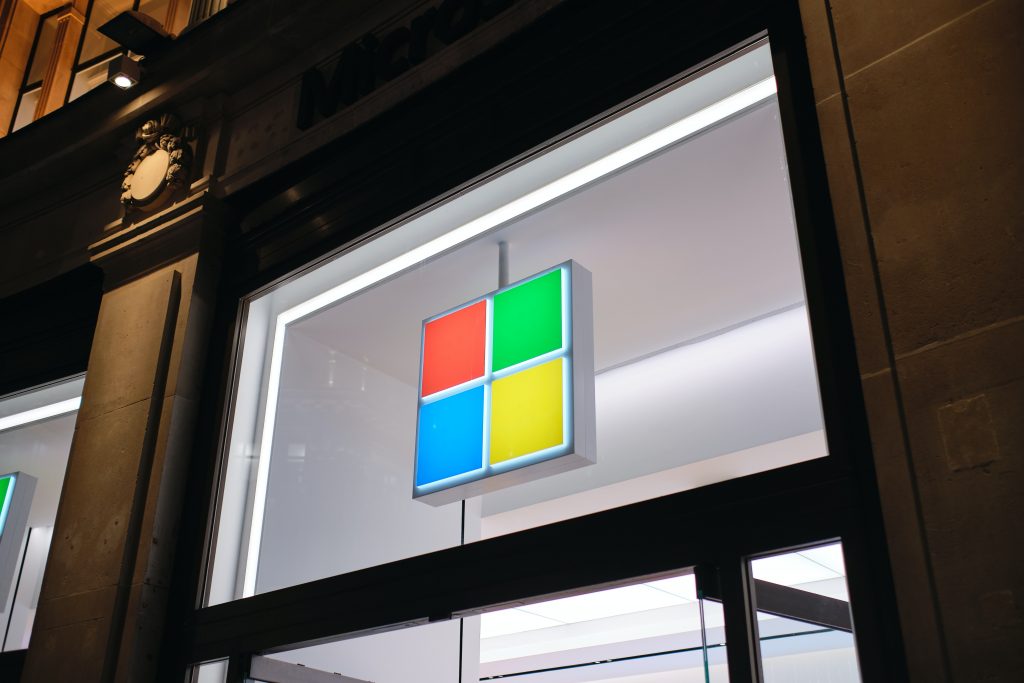The lineage of ERP (Enterprise Resource Planning) can be traced back to the 1960s. Initially emerging as MRP (Material Requirements Planning), its primary function was to strategize manufacturing resources, encompassing materials, personnel, and machinery. MRP then matured into MRP II, expanding its horizon to include financial planning, inventory management, and purchase planning, with MRP forming a segment of MRP II. By the 1990s, MRP II had morphed into the more holistic ERP, covering enterprise-wide functionalities, inclusive of financial accounting and HRM.
CTRM's distinct path
Contrary to popular belief, Commodity Trade and Risk Management (CTRM) systems have often been distinguished from ERPs for various reasons. CTRM comes into its own especially when companies need to navigate commodity market risks. For instance, while a computer manufacturer might not stress over fluctuating prices, exceptions like energy costs, a cocoa or sugar producer grapples with managing market risks associated with cocoa beans and sugar. Such markets necessitate systems adept at handling derivatives and positions.
Influence on business processes
Commodities introduce unique challenges, not just on the derivatives front. The logistics involved often demand specialized system support, differing from standard ERP offerings. For instance, commodities can undergo quality variations or have distinct shipment methodologies. Unlike shipping a precise number of computers, shipping an exact amount of raw sugar remains challenging.
Diverging foundations: ERP vs. CTRM
One might wonder why ERP systems didn’t standardize CTRM functionalities. The core reason hinges on the difference in their foundational principles. ERP aims to simplify complex operations, optimizing efficiency. In contrast, CTRM seeks to provide maximum agility, aiding traders in capitalizing on favorable market conditions.
Bridging ERP and CTRM
While there’s an apparent overlap in certain functions between ERP and CTRM, their foundational principles can seem contradictory. However, many organizations reliant on ERP do find the need for CTRM functionalities. In some instances, separate entities within a larger group may employ ERP and CTRM systems respectively. This requires seamless integration between the two systems, which, thanks to advancements in technology and functional evolution, has become more standardized, especially with platforms like Agiblocks CTRM.
Degrees of integration
Depending on organizational needs, different integration levels can be identified. Questions arise around how physical commodity contracts transform into purchase or sales orders, or where market risk culminates in the production process. Fortunately, the financial accounting integration between CTRM and ERP has largely become standardized.
Agiblocks CTRM's top ERP integrations
Agiboo seamlessly integrates Agiblocks CTRM with various ERP systems. Our top five integrations include:
- SAP: A longstanding leader in ERP, SAP boasts compatibility with Agiblocks CTRM across all business tiers.
- Microsoft: With products like Dynamics, Microsoft ensures extensive integration with Agiblocks CTRM, providing comprehensive financial accounting solutions.
- Infor: With a range of ERP offerings, Infor maintains its reputation by providing versatile Agiblocks CTRM integrations.
- Sage: A global ERP software supplier, Sage has robust interfaces for direct integration with Agiblocks CTRM.
- Oracle: With stalwart products like JDEdwards and PeopleSoft, Oracle’s presence in the ERP realm ensures it a spot in Agiboo’s top 5 integrations.

Maximizing ERP and CTRM potentials
It’s vital for systems like Agiblocks CTRM to facilitate adaptable integrations with ERPs. Tailoring integration levels to business goals lets enterprises harness the prowess of both ERP and CTRM without compromising on either.
Disclaimer: All product names, trademarks, and registered trademarks mentioned herein belong to their respective owners. Their usage is solely for identification and does not imply any affiliation or endorsement.

